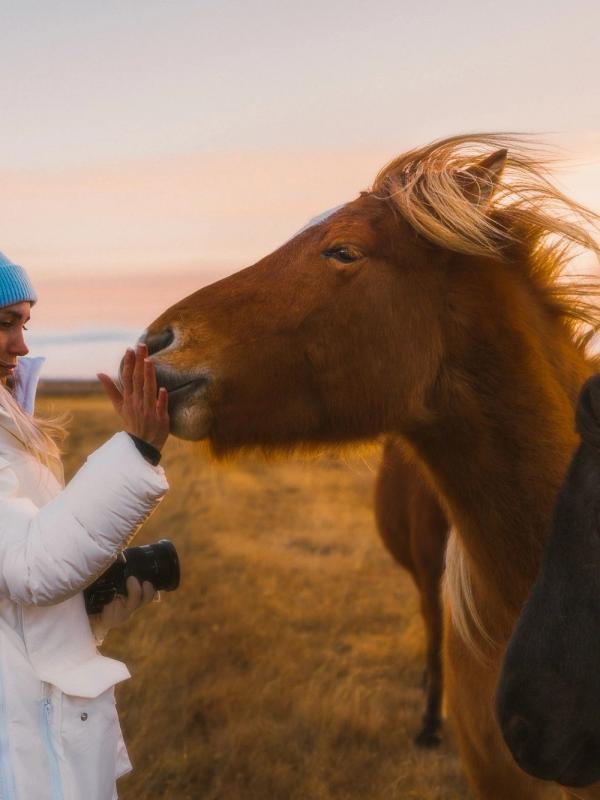
What to Expect: Weather in Iceland in July
Iceland, a land of fire and ice, is a dream destination for many. Its unique landscapes and natural wonders are a sight to behold. But what about the weather? Specifically, what can you expect from Iceland's weather in July?
July is the warmest month in Iceland, with long days and mild temperatures. It's a time when the country truly comes alive. In this guide, we'll delve into the specifics of Iceland's July weather. We'll cover everything from average temperatures to daylight hours.
We'll also provide practical tips for travelers. What should you pack? How does the weather impact sightseeing and outdoor activities?
Whether you're planning a trip or just curious about Iceland's climate, this guide is for you. So, let's embark on this journey and explore the mild and sunny July in Iceland.
Understanding Iceland's Unique July Climate
Iceland's climate is influenced by several factors. Its location near the Arctic Circle plays a significant role.
Yet, despite its northern position, Iceland experiences milder weather than one might expect. This is largely due to the Gulf Stream.
The Gulf Stream, a warm ocean current, flows along Iceland's coast. It brings warmer air from the tropics, moderating the climate.
In July, this results in mild temperatures and extended daylight hours. But the weather can still be unpredictable.
Here are some key points to understand about Iceland's July climate:
- Average temperatures range from 10°C to 15°C (50°F to 59°F)
- Rain is possible, but there are also many sunny days
- Daylight can last up to 24 hours due to the midnight sun phenomenon
The Influence of the Gulf Stream and Arctic Proximity
The Gulf Stream's influence on Iceland's climate cannot be overstated. It's the reason why Iceland, despite its Arctic proximity, doesn't freeze over in winter.
In July, the Gulf Stream helps to keep temperatures mild. It's not uncommon for temperatures to reach up to 20°C (68°F) on particularly warm days.
However, the Arctic influence means that weather can change quickly. It's always wise to be prepared for varying conditions.
Daylight Hours: Experiencing the Midnight Sun
One of the most unique aspects of Iceland in July is the daylight hours. Thanks to its Arctic location, Iceland experiences the phenomenon known as the midnight sun.
This means that for several weeks around the summer solstice, the sun barely sets. In July, you can expect up to 24 hours of daylight.
This extended daylight provides ample opportunity for sightseeing and outdoor activities. Just remember to bring a sleep mask if light nights affect your sleep!
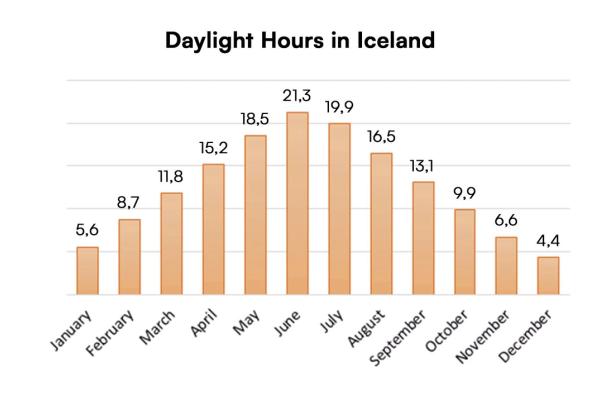
What to Expect: Average Temperatures and Weather Patterns
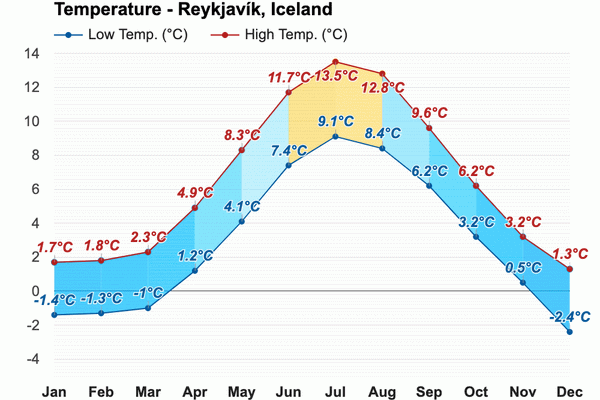
When planning a trip to Iceland in July, it's important to know what to expect in terms of weather. The average temperature during this month ranges from 10°C to 15°C (50°F to 59°F).
However, these are just averages. Actual temperatures can vary. On warm days, temperatures can reach up to 20°C (68°F).
Rain is a possibility in July, but there are also many sunny days. The weather can change quickly, so it's best to be prepared for both.
Here are some key points to remember about Iceland's weather in July:
- Average temperatures range from 10°C to 15°C (50°F to 59°F)
- Rain is possible, but there are also many sunny days
- Weather can change quickly, so be prepared for varying conditions
Regional Weather Variations Across Iceland
Iceland's weather can vary significantly from one region to another. The south and west coasts tend to be milder and wetter.
The north and east coasts, on the other hand, are often cooler and drier. However, they can also experience warmer temperatures in July.
The highlands in the interior of the country are the coldest and driest areas. Even in July, temperatures can drop below freezing at night.
It's important to check the forecast for the specific regions you plan to visit. This will help you pack appropriately and plan your activities.
July 2024 Weather Recap
Last July brought all kinds of weather across Iceland. The north soaked up warm and sunny days, while the south had to deal with cooler, wetter, and cloudier conditions. Over in the west, record-breaking rain caused flooding and landslides, especially around Snæfellsnes and Barðaströnd. Meanwhile, the northeast and east enjoyed drier, sunnier skies.
Let’s dive into the details of July’s 2024 weather so you can better prepare for 2025:
(Most of this information was taken from Vedur.is)
Temperatures
Akureyri was, once again, hotter than Reykjavik.
- Reykjavík: Reykjavík had an average temperature of 11.0°C (51.8°F), which was 0.7°C cooler than the 1991–2020 average and 0.6°C lower than the last decade’s average.
- Akureyri: Akureyri was warmer, with an average temperature of 12.7°C (54.9°F)—1.5°C above the 1991–2020 average and 1.3°C higher than the past decade’s average.
- Stykkishólmur: Stykkishólmur’s average was 11.0°C (51.8°F), which was slightly 0.3°C warmer than the 1991–2020 average.
- Höfn in Hornafjörður: Höfn came in at 10.6°C (51.1°F), just 0.2°C cooler than usual for this time of year.
Highest & Lowest Averages Nationwide
Here’s a closer look at average temperatures and how they compared to the usual:
- Akureyri had the warmest average temperature at 12.7°C (54.9°F).
- The coldest average temperature was 5.7°C (42.3°F) at Gagnheiði. In the lowlands, Seley had the lowest average at 7.8°C (46.0°F).
- The highest temperature of the month was 27.5°C (81.5°F) at Egilsstaðaflugvöllur on July 14th.
- The lowest was -2.0°C (28.4°F) at Gagnheiði on the 6th, while Svartárkot reached -1.6°C (29.1°F) on the 8th.
July 2024 Extremes
- In Reykjavík, the coldest temperatures were 8ºC (46.4°F) on July 5th, 6th, 8th, 10th, and 20th, and the warmest was 17ºC (62.6°F) on July 6th and 15th.
- In Akureyri, the lowest temperature was 3ºC (37.4°F) on July 8th, and the highest was 23ºC (73.4°F) on July 14th.
Precipitation
July turned out to be especially wet in the west, with some places hitting record rainfall:
- Reykjavík: The rainfall was 89.7 mm, 80% above the 1991–2020 average. It was the wettest July in Reykjavík since 1984, though 2014 came close.
- Akureyri: 24.4 mm, about 70% of the usual amount for July.
- Stykkishólmur: 56.7 mm.
- Höfn in Hornafjörður: 61.5 mm.
Notable Events:
- July 13th–14th: Torrential rain hit Snæfellsnes and Barðaströnd, causing floods and landslides. Grundarfjörður recorded an incredible 227 mm of rain in just 24 hours on the 14th—the highest single-day July rainfall ever recorded in Iceland.
Days with at least 1.0 mm of rain:
- Reykjavík: 13 days (3 more than usual).
- Akureyri: 8 days (1 more than usual).
Sunshine
- Reykjavík: Only 110.9 hours of sunshine, 72.3 hours below the 1991–2020 average.
- Akureyri: A brighter month with 175.0 hours of sunshine, 22.5 hours above the average.
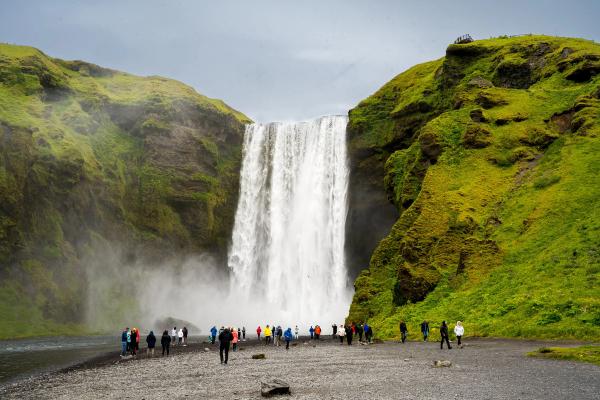
Packing Essentials for Iceland in July
You'll need clothing for both warm and cool weather. Also, don't forget items for rain and sunshine.
We have a full guide for what to pack for Iceland in July, but here are some essentials to include in your packing list:
- Lightweight, breathable clothing for warm days
- Warm layers for cooler temperatures
- Waterproof jacket and pants for rainy days
- Sturdy, waterproof shoes for hiking and walking
- Sunglasses and sunscreen for sunny days
- Hat and gloves for cooler temperatures
Clothing and Gear Recommendations
When it comes to clothing, layers are your best friend. Start with a base layer of breathable fabric. Add a warm layer like a fleece or wool sweater.
Top it off with a waterproof and windproof outer layer. This system allows you to adjust your clothing to the changing weather.
Footwear is also important. Choose sturdy, waterproof shoes or boots. If you plan to hike, make sure they have good traction.
The Importance of Layers and Waterproofing
The weather in Iceland can change quickly. One moment it might be sunny and warm, the next it could be raining and cold.
That's why layers are so important. They allow you to add or remove clothing as needed.
Waterproofing is also crucial. Rain is common in July, and you don't want to get caught in a downpour without the right gear. A waterproof jacket and pants are a must.
Activities and Sightseeing in Iceland's July Weather
Iceland in July offers a wealth of activities and sightseeing opportunities. The long daylight hours and mild weather make it a great time for outdoor adventures.
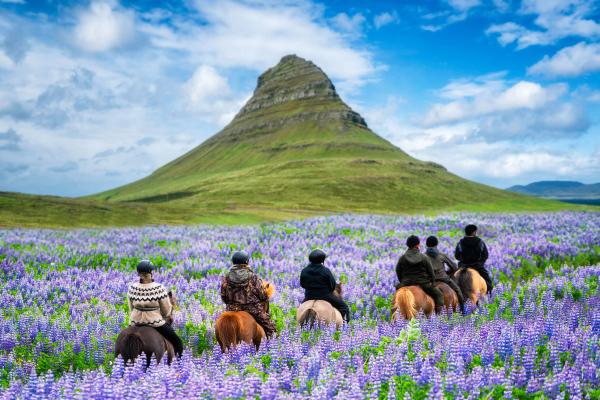
From hiking and horseback riding to whale watching and exploring geothermal pools, there's something for everyone. Here are some activities to consider:
- Hiking in national parks like Thingvellir and Vatnajokull
- Whale watching tours in Husavik or Reykjavik
- Exploring geothermal pools and hot springs
- Horseback riding through Iceland's unique landscapes
- Visiting popular tourist sites like the Golden Circle and the Blue Lagoon
Outdoor Adventures: Hiking, Whale Watching, and More
Hiking is a popular activity in Iceland in July. The trails are usually clear of snow, and the weather is mild. There are routes for all levels, from easy walks to challenging treks.
Whale watching is another must-do. July is a peak month for whale sightings, with species like minke, humpback, and even blue whales visible.
For a relaxing experience, visit one of Iceland's many geothermal pools. The Blue Lagoon is the most famous, but there are many others worth exploring.
Cultural Events and Festivals to Enjoy
July is also a time for cultural events and festivals in Iceland. The long days and pleasant weather make it a perfect time for outdoor gatherings.
For information about events happening in July, we highly recomand checking out our article: The Ultimate Guide to Iceland in July
Travel Tips for Navigating Iceland in July
Traveling in Iceland in July requires some planning. The weather is generally mild, but it can be unpredictable. It's essential to check the forecast regularly and be prepared for sudden changes.
Road conditions are usually good in July, but some highland roads may still be closed. Always check the road conditions before setting out on a journey.
Here are some tips for navigating Iceland in July:
- Check the weather forecast regularly
- Be prepared for sudden weather changes
- Check road conditions before setting out
- Consider guided tours for remote areas
- Respect nature and follow guidelines to protect the environment
Transportation and Driving Considerations
Driving in Iceland in July is generally straightforward. The main roads are well-maintained, and most highland roads are open. However, some remote areas may still be inaccessible due to lingering snow.
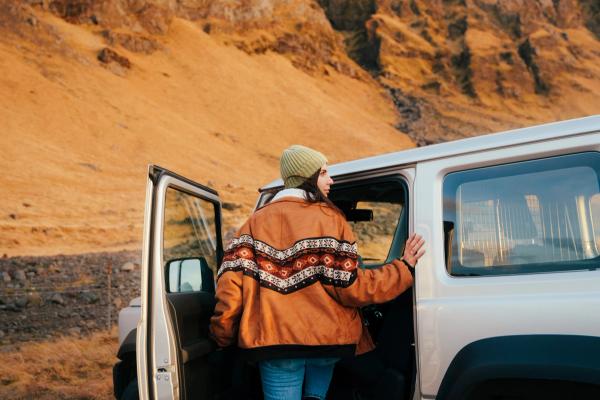
It's important to check road conditions before setting out. The Icelandic Road and Coastal Administration provides up-to-date information on road closures and conditions.
Remember, off-road driving is illegal in Iceland. Always stick to marked roads and trails to protect the fragile environment.
Accommodations and Booking Advice
July is a peak tourist season in Iceland. Accommodations can fill up quickly, so it's advisable to book well in advance. This applies to campsites, hostels, hotels, and rental homes.
When booking tours, consider the weather. Some activities, like glacier tours or ice cave explorations, may be weather-dependent. Always check the cancellation policy in case of inclement weather.
Lastly, consider travel insurance that covers weather-related disruptions. It's always better to be safe than sorry when planning a trip to Iceland in July.
Embracing Iceland's Natural Beauty in July
Iceland's natural beauty is at its peak in July. The landscapes are vibrant, with blooming flora and melting glaciers. The long daylight hours provide ample time to explore and appreciate the country's stunning scenery.
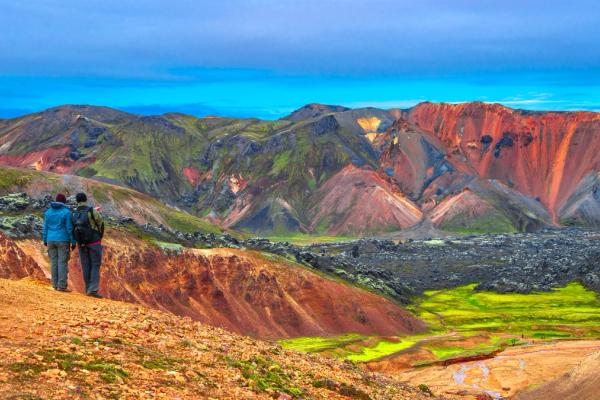
The weather in July also affects Iceland's wildlife. It's a great time for bird watching, with a variety of species present. Whale watching is also popular in July, with many tours available.
However, it's important to respect the wildlife and natural habitats. Always maintain a safe distance and avoid disturbing the animals. Remember, you are a guest in their home.
The Impact of Weather on Iceland's Landscapes
The July weather greatly impacts Iceland's landscapes. The warmer temperatures lead to melting glaciers, creating powerful waterfalls and rivers. The flora also blooms in July, adding vibrant colors to the landscapes.
The long daylight hours also affect the landscapes. The midnight sun creates unique lighting conditions, perfect for photography. The quality of light in July can result in stunning photos.
However, the weather can also create foggy conditions, especially in coastal areas. This can add a mystical element to the landscapes, creating a unique viewing experience.
Sustainable Travel Practices During Peak Season
July is a peak tourist season in Iceland. The increase in visitors can put pressure on the environment. It's important to practice sustainable travel to preserve Iceland's natural beauty.
Always follow the "leave no trace" principle. Dispose of your waste properly and avoid disturbing the natural habitats. Stick to marked trails when hiking to prevent soil erosion.
Consider eco-tourism options, like guided tours that focus on nature conservation. Many tour operators in Iceland are committed to sustainable practices. By choosing these options, you can enjoy Iceland's July weather while also contributing to its preservation.
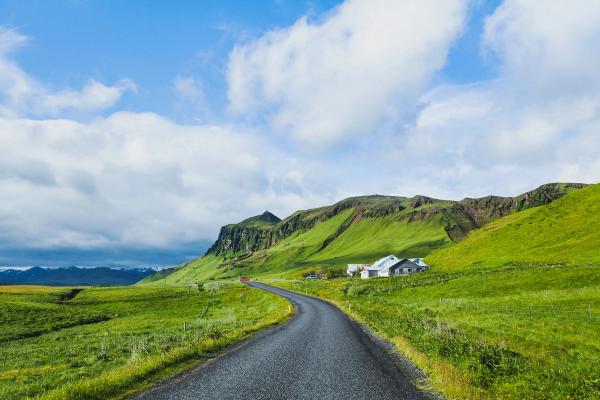
Conclusion: Making the Most of Iceland's July Weather
Visiting Iceland in July offers a unique experience. The mild weather, long daylight hours, and vibrant landscapes create a magical setting for exploration. With the right preparation and respect for nature, you can fully enjoy all that Iceland has to offer during this peak season.
Remember, the key to a successful trip is flexibility. Iceland's weather can be unpredictable, even in July. Stay informed, be prepared for sudden changes, and embrace the adventure. After all, it's the unexpected moments that often make the most memorable travel experiences.
